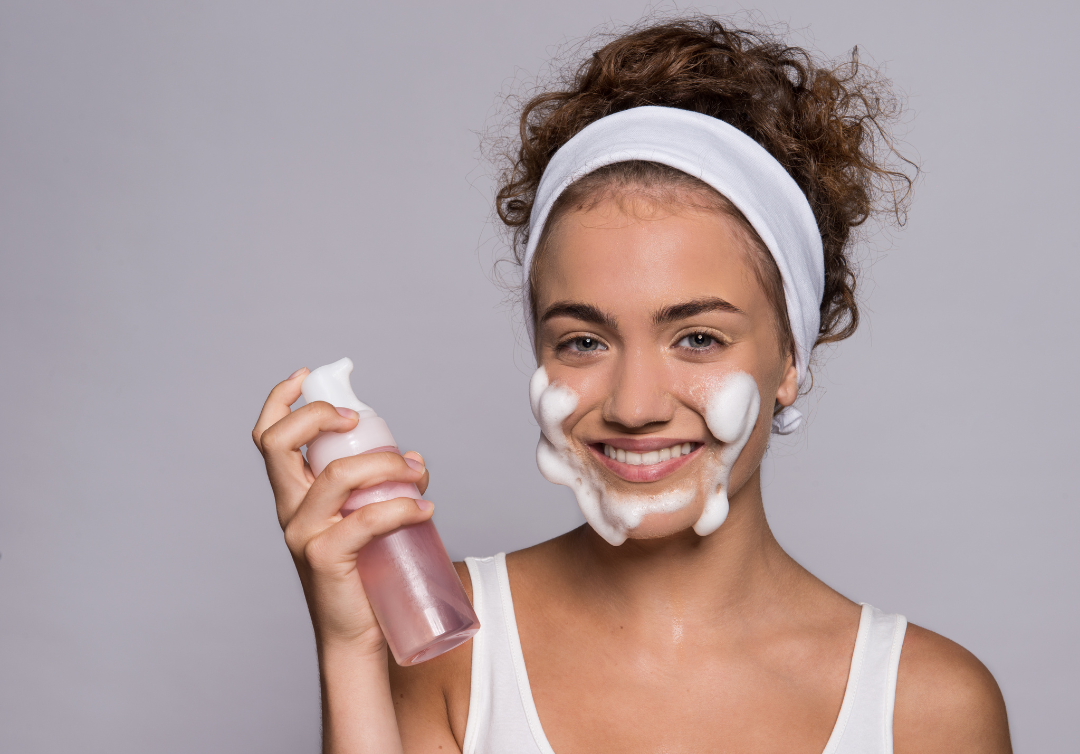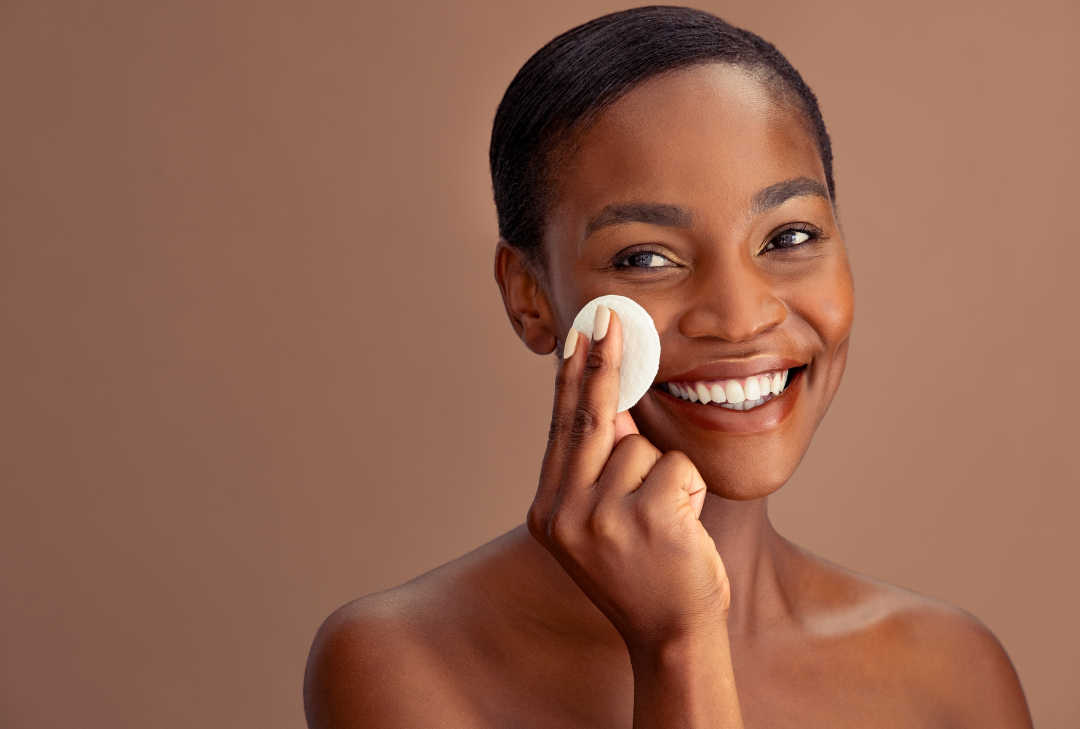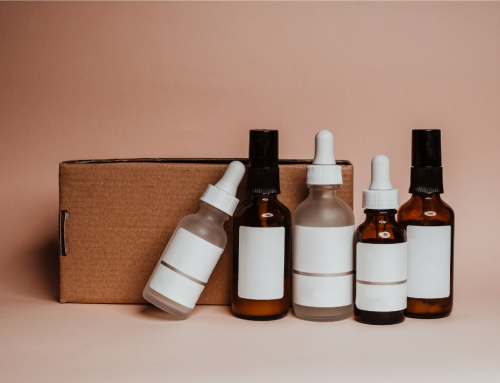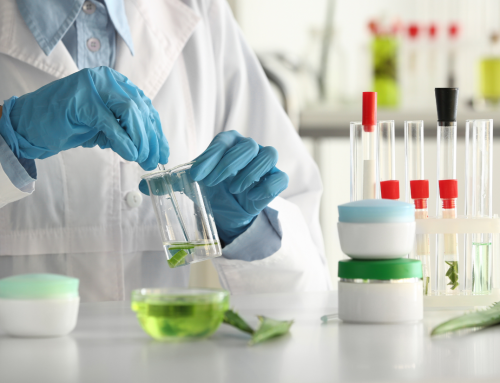Functional Cosmetics: How to Innovate with Products that Go Beyond Aesthetics
Transforming the Beauty Landscape
Functional cosmetics is transforming the beauty landscape. It’s no longer just about beautifying the skin, but about delivering real, measurable benefits backed by science. In an environment where the 2025 consumer is more informed, demanding, and results-oriented, this approach represents a natural evolution for brands that want to differentiate themselves.
From dermocosmetics to emotional cosmetics, functional products address specific needs and reflect an increasingly close connection between aesthetics, health, and wellness. In this context, OEM/ODM laboratories play an essential role: they are the bridge between scientific research, formulation innovation, and commercial success.
Furthermore, this trend responds to the exhaustion of generic formulas that promise everything without clear foundations. Today’s consumers seek transparency, traceability, and solid arguments: they want to know what an ingredient does, how it works, what results to expect, and in what timeframe. This level of demand has put laboratories that formulate with clinical data and brands that dare to communicate with honesty and evidence at the forefront.
Functional cosmetics also enables new business models, such as specialized lines for pharmacies, clinical spas, aesthetic medicine centers, and professional channels. It’s a category that allows positioning with authority, scientific differentiation, and healthy margins.
What Is Functional Cosmetics and Why Is It Gaining Relevance in 2025?
Functional cosmetics is defined as that which, beyond the beautifying effect, offers verifiable physiological action: reducing inflammation, improving skin regeneration, regulating the microbiome, or acting on the peripheral nervous system to induce relaxation.
Unlike traditional cosmetics, which act on more superficial layers or generate immediate sensory effects, functional cosmetics has mild therapeutic, preventive, or supportive objectives. It works on known biological mechanisms and therefore requires more rigorous and precise formulation development.
Growing Segments
-
Dermocosmetics: Products for skin with mild conditions such as rosacea, dermatitis, or acne. The key is formulation with medical active ingredients and clinical study support.
-
Therapeutic hair cosmetics: Beyond conventional shampoos, including anti-hair loss treatments, solutions for sensitive scalp, dandruff control, and follicular strengthening.
-
Intimate cosmetics: A booming sector. Products that balance pH, prevent infections, hydrate, and care for the vaginal or male microbiota.
-
Emotional cosmetics: Formulas that, through neurocosmetic active ingredients, induce well-being, relaxation, energy, or mood enhancement through the skin.
Other emerging categories include post-intervention regenerative cosmetics, oncological support cosmetics, and neuroactive cosmetics.
The rise of these categories stems from a shift in consumer behavior: they seek specific, effective solutions with transparent formulations. Simply “moisturizing the skin” is no longer enough—clinical backing, rigorous testing, and a value proposition that combines science, sensory experience, and commitment to health are now required.
Booming Segments: Hyper-Specialization as a Differentiation Strategy
Functional cosmetics has given rise to previously unimaginable categories. Each segment addresses specific needs and, when well-developed, allows brands to position themselves with solid arguments and premium margins.
Key Niches
-
Post-Treatment Regenerative Cosmetics: Solutions for skin that has undergone laser treatments, peeling, microneedling, or invasive procedures. They repair, soothe, and accelerate recovery.
-
Oncological Cosmetics: Safe products for people undergoing treatment, designed to combat dryness, irritation, and loss of elasticity.
-
Neuroactive Cosmetics: Active ingredients that work on skin and nerve receptors, improving skin-brain communication and generating specific sensations.
Specialization not only allows capturing underexploited niches but also building a powerful narrative based on science, innovation, and user empathy. This translates into loyalty, authority, and the potential to scale into international markets with high perceived value propositions.
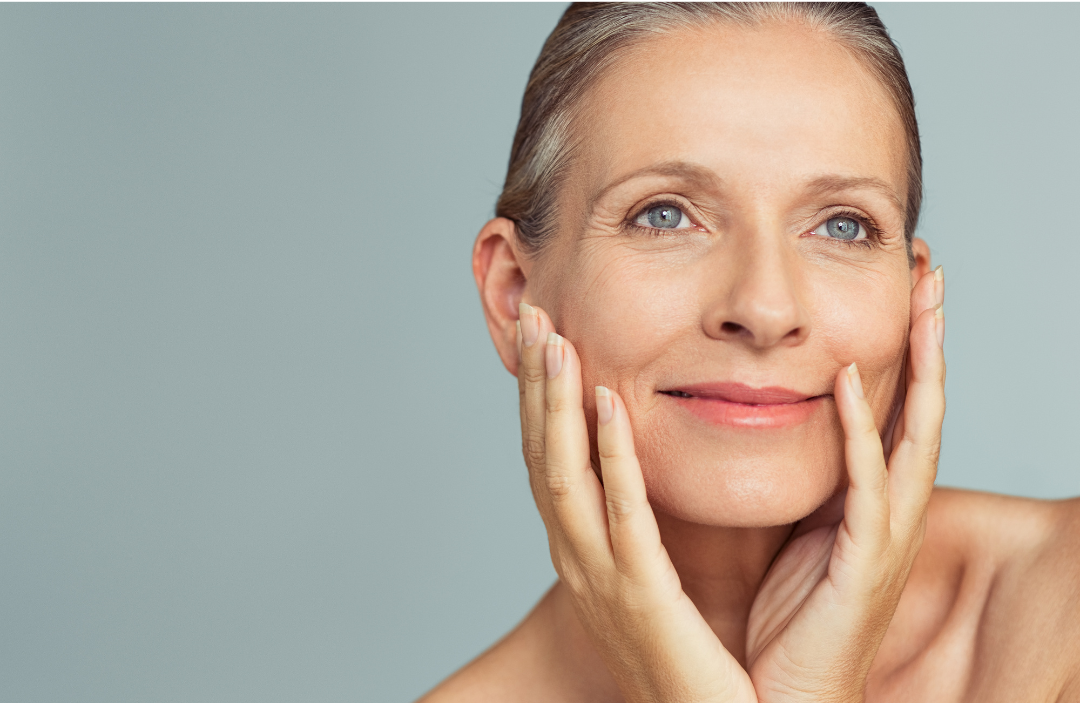
Active Ingredients with Clinically Proven Effects
In functional cosmetics, the star ingredient must be much more than a trend. It must be effective, safe, bioavailable, and supported by serious scientific studies. It’s no longer enough to say “it contains hyaluronic acid” — you must explain what type, in what concentration, how it works, what results to expect, and in what timeframe.
Key Functional Ingredients in 2025
-
Niacinamide: Regulates sebum, reduces hyperpigmentation, improves the skin barrier, and soothes irritation. Effectiveness backed by dozens of studies.
-
Tranexamic Acid: Revolutionary for treating melasma, dark spots, and post-inflammatory pigmentation. Its action on the extracellular matrix is key.
-
Biotin: Strengthens hair and nail structure, prevents breakage.
-
CBD (cannabidiol): Anti-inflammatory, soothing, modulator of the skin’s endocannabinoid system. Offers topical and emotional benefits.
-
Probiotics and Prebiotics: Restore and balance the microbiome, improving the skin’s immune defense.
-
Ceramides: Essential for skin barrier repair, ideal for sensitive or damaged skin.
-
Adaptogens (ashwagandha, rhodiola): Improve stress response, protect skin from environmental aggressors.
-
Azelaic Acid: Effective in controlling rosacea, acne, and seborrhea.
-
Centella Asiatica: Healing, soothing, and anti-inflammatory, with robust clinical studies.
-
Biomimetic Peptides: Stimulate collagen and elastin production, providing firmness and a tightening effect.
Functional Synergy and Formulation Strategy
But the key isn’t just in the ingredient itself, but in the functional synergy: how active ingredients are combined, at what concentration, in what chemical form, and with what delivery technology. The method of incorporating the active ingredient (liposomes, nanoparticles, encapsulation) can make the difference between promise and result.
The laboratory must work with reputable suppliers who provide technical documentation, clinical trials, and regulatory support. Above all, they must evaluate the stability, compatibility, and actual efficacy of the active ingredient in the final formula.
The selection of active ingredients cannot be based solely on trends, but on functional synergy within a formula. Laboratories must evaluate effective concentrations, compatibility, and stability in different cosmetic bases.
Furthermore, it’s crucial to consider:
-
The most bioavailable chemical form of the ingredient
-
The formula’s pH
-
Sustained release over time
-
Potential interactions with preservatives or emulsifiers
Working with suppliers who offer not only ingredients, but also formulation guidance, is a strategic advantage for the laboratory and, consequently, for the brand.
Results-Oriented Formulation: Claims and Validations
Solid functional cosmetics are based on balanced formulas, controlled trials, and transparency in marketing claims. Efficacy must be demonstrated with data, and claims must reflect that evidence in a clear, ethical, and understandable way.
Essential Best Practices
-
Efficacy trials: Conduct laboratory (in vitro) and human (in vivo) studies to demonstrate the formula’s effects.
-
Dermatological and safety tests: Ensure skin tolerance and minimize risks of adverse reactions.
-
Verified claims: Use phrases like “Reduces dark spots by 35% in 4 weeks, according to clinical study” or “Improves skin barrier after 14 days of use.”
-
Avoid absolute statements: Words like “cure,” “miraculous,” or “completely eliminates” are forbidden without solid evidence.
-
Transparency: Show studies, graphs, before-and-after results, real testimonials, and verified reviews.
In the digital environment, this transparency is vital. Consumers seek proof, compare, question, and demand answers. A well-supported claim can be the decisive factor in e-commerce conversion. Including infographics, QR codes linking to evidence, or explanatory videos on packaging reinforces credibility and perceived value.
Examples of Well-Used Functional Claims
-
“Reduces visible dark spots by 35% in 4 weeks” (with supporting study)
-
“Improves barrier function after 14 days of continuous use”
-
“Visibly reduces redness in sensitive skin”
Having verifiable claims is not only a compliance matter—it’s a powerful marketing strategy. In digital commerce, these can make or break conversion. A brand that communicates clearly and proves its results earns credibility and loyalty.
Packaging as a Communication Tool
Packaging must support the evidence-based strategy:
-
Include the most relevant information on the package
-
Use graphics, infographics, or QR codes to lead to detailed information
-
Communicate benefits with direct, professional language
New Applications of Functional Cosmetics
Functional cosmetics are expanding into previously unexplored territories, creating opportunities for specialized products that address real needs of underserved populations and emerging segments.
New Application Areas
-
Female and male intimate areas
-
Post-aesthetic treatment cosmetics (laser, peels, injectables)
-
Scalp and hair follicles as extensions of the skin
-
Specific body parts (elbows, knees, armpits, neck)
-
Cosmetics for tattoos and permanent procedures
Life Stage Adaptations
-
Teen cosmetics (acne, hormonal regulation)
-
Maternity (pre and postpartum)
-
Menopause (dryness, sagging, sensitivity)
-
Men’s grooming (beard, follicle, shaving-exposed skin)
-
Pediatric functional cosmetics (topical use for babies and children)
Multi-Sector Integrations
-
Functional nutricosmetics: synergy between supplements and topical treatments
-
Emotional wellness: products that activate cutaneous neural receptors
-
Clinical cosmetics for professional use (pre/post-procedure, maintenance)
-
Preventive cosmetics: formulations to delay signs of aging or functional decline
Brands that position themselves in specific functional niches can build high-value propositions, foster loyalty, and differentiate with authority.
Additionally, this specialization enables:
-
Coherent storytelling
-
Powerful content strategies
-
Retail differentiation
-
International market scalability
Truth Marketing: Communicating Science, Ethics, and Purpose
Communication in functional cosmetics is an art in itself. There’s no room for empty rhetoric or unsupported claims. Today’s consumers want to know:
-
What does this product really do for me?
-
How does it achieve this?
-
What evidence supports it?
-
Who formulates it and under what standards?
-
What impact does it have on my health and the planet?
The Key: Radical Honesty + Smart Information
This involves:
-
Data-driven storytelling: turning science into engaging, understandable narratives
-
Supply chain transparency: from ingredient sourcing to final testing
-
User empathy: listening, responding, and adapting solutions to real needs
-
Educational content: infographics, videos, webinars, blogs, and podcasts
-
Professional collaborations: dermatologists, pharmacists, physicians
-
Omnichannel strategy: consistent presence across social media, website, stores, and e-commerce
-
User experience: functional packaging, clear instructions, easy access to evidence, personalized service
The brands leading functional cosmetics are those that:
-
Communicate without filters
-
Educate their community
-
Build trust-based relationships
In this context, credibility becomes the most valuable asset.
Conclusion
Functional cosmetics represents a strategic evolution for brands and laboratories aiming to transcend aesthetics and compete through science. In a market saturated with generic promises, what stands out is:
-
Proven efficacy
-
Expert formulation
-
Rigorous validation
It’s a category that resonates with conscious consumers, who value both the results and the ethics behind the product:
-
What it promises
-
How it delivers
-
Who formulates it
-
Under what standards
With the support of an OEM/ODM laboratory like MS Cosmetics Lab, it’s possible to develop complete functional lines aligned with new consumer demands and market opportunities.
From active ingredient selection to claims validation, including presentation and positioning, we work alongside brands that aim to innovate with purpose and build long-term trust.
At MS Cosmetics Lab, we develop functional cosmetics focused on real results.
Contact us to start innovating with purpose!

